Dampak IoT pada Efisiensi Otomasi Pabrik: Studi Bibliometrik pada Penelitian Produktivitas Industri
DOI:
https://doi.org/10.58812/jmws.v3i10.1658Kata Kunci:
Internet of Things, Industry 4.0, Efisiensi, Analisis Bibliometrik, VOSviewerAbstrak
Studi ini mengkaji dampak penerapan Internet of Things (IoT) dalam meningkatkan efisiensi dan produktivitas di sektor industri, dengan fokus pada konsep Industry 4.0. Melalui analisis bibliometrik terhadap literatur terkini, penelitian ini mengidentifikasi tren utama, tantangan, dan arah penelitian masa depan terkait dengan teknologi IoT. Temuan menunjukkan bahwa meskipun terdapat potensi besar untuk meningkatkan kinerja operasional, tantangan seperti keamanan data, biaya implementasi, dan isu keberlanjutan harus diatasi. Penelitian ini menekankan pentingnya integrasi berbagai teknologi canggih dan perlunya penelitian lebih lanjut untuk memahami dampak sosial dan ekonomi dari transformasi digital ini. Dengan memahami tantangan dan peluang yang ada, perusahaan dapat lebih baik memanfaatkan teknologi IoT untuk mencapai efisiensi yang lebih besar dan keberlanjutan dalam operasi mereka.
Referensi
Andoni, M., Robu, V., Flynn, D., Abram, S., Geach, D., Jenkins, D., McCallum, P., & Peacock, A. (2019). Blockchain technology in the energy sector: A systematic review of challenges and opportunities. Renewable and Sustainable Energy Reviews, 100, 143–174.
Atzori, L., Iera, A., & Morabito, G. (2010). The internet of things: A survey. Computer Networks, 54(15), 2787–2805.
Boyes, H., Hallaq, B., Cunningham, J., & Watson, T. (2018). The industrial internet of things (IIoT): An analysis framework. Computers in Industry, 101, 1–12.
Colombo, P., & Ferrari, E. (2018). Access control enforcement within mqtt-based internet of things ecosystems. Proceedings of the 23nd ACM on Symposium on Access Control Models and Technologies, 223–234.
Da Xu, L., He, W., & Li, S. (2014). Internet of things in industries: A survey. IEEE Transactions on Industrial Informatics, 10(4), 2233–2243.
Gilchrist, A. (2016). Industry 4.0: the industrial internet of things. Springer.
Hefni, W. (2020). Moderasi beragama dalam ruang digital: Studi pengarusutamaan moderasi beragama di perguruan tinggi keagamaan Islam negeri. Jurnal Bimas Islam, 13(1), 1–22.
Islam, S. M. R., Kwak, D., Kabir, M. D. H., Hossain, M., & Kwak, K.-S. (2015). The internet of things for health care: a comprehensive survey. IEEE Access, 3, 678–708.
Ivanov, S., Gretzel, U., Berezina, K., Sigala, M., & Webster, C. (2019). Progress on robotics in hospitality and tourism: a review of the literature. Journal of Hospitality and Tourism Technology, 10(4), 489–521.
Jeschke, S., Brecher, C., Meisen, T., Özdemir, D., & Eschert, T. (2017). Industrial internet of things and cyber manufacturing systems. Springer.
Kang, B., Kim, D., & Choo, H. (2017). Internet of everything: A large-scale autonomic IoT gateway. IEEE Transactions on Multi-Scale Computing Systems, 3(3), 206–214.
Lee, I., & Lee, K. (2015). The Internet of Things (IoT): Applications, investments, and challenges for enterprises. Business Horizons, 58(4), 431–440.
Lee, W. J. (2019). Toward sustainable accounting information: Evidence from IFRS adoption in Korea. Sustainability, 11(4), 1154.
Li, H., Ota, K., & Dong, M. (2018). Learning IoT in edge: Deep learning for the Internet of Things with edge computing. IEEE Network, 32(1), 96–101.
Liu, Y., Yang, C., Jiang, L., Xie, S., & Zhang, Y. (2019). Intelligent edge computing for IoT-based energy management in smart cities. IEEE Network, 33(2), 111–117.
Lu, Y. (2017). Industry 4.0: A survey on technologies, applications and open research issues. Journal of Industrial Information Integration, 6, 1–10.
Lu, Y., & Cecil, J. (2016). An Internet of Things (IoT)-based collaborative framework for advanced manufacturing. The International Journal of Advanced Manufacturing Technology, 84, 1141–1152.
Porter, M. E., & Heppelmann, J. E. (2015). How smart, connected products are transforming companies. Harvard Business Review, 93(10), 96–114.
Raj, S. (2020). An efficient IoT-based platform for remote real-time cardiac activity monitoring. IEEE Transactions on Consumer Electronics, 66(2), 106–114.
Sarker, I. H. (2021). Machine learning: Algorithms, real-world applications and research directions. SN Computer Science, 2(3), 160.
Sisinni, E., Saifullah, A., Han, S., Jennehag, U., & Gidlund, M. (2018). Industrial internet of things: Challenges, opportunities, and directions. IEEE Transactions on Industrial Informatics, 14(11), 4724–4734.
Wang, K., Wang, Y., Sun, Y., Guo, S., & Wu, J. (2016). Green industrial Internet of Things architecture: An energy-efficient perspective. IEEE Communications Magazine, 54(12), 48–54.
Xu, L. Da, Xu, E. L., & Li, L. (2018). Industry 4.0: state of the art and future trends. International Journal of Production Research, 56(8), 2941–2962.
Xu, X., Fu, S., Qi, L., Zhang, X., Liu, Q., He, Q., & Li, S. (2018). An IoT-oriented data placement method with privacy preservation in cloud environment. Journal of Network and Computer Applications, 124, 148–157.
Zhang, W., Lu, Q., Yu, Q., Li, Z., Liu, Y., Lo, S. K., Chen, S., Xu, X., & Zhu, L. (2020). Blockchain-based federated learning for device failure detection in industrial IoT. IEEE Internet of Things Journal, 8(7), 5926–5937.
Zhong, R. Y., Xu, X., Klotz, E., & Newman, S. T. (2017). Intelligent manufacturing in the context of industry 4.0: a review. Engineering, 3(5), 616–630.
Zhou, L., Li, X., Yeh, K.-H., Su, C., & Chiu, W. (2019). Lightweight IoT-based authentication scheme in cloud computing circumstance. Future Generation Computer Systems, 91, 244–251.
Unduhan
Diterbitkan
Cara Mengutip
Terbitan
Bagian
Lisensi
Hak Cipta (c) 2024 Loso Judijanto, Nanny Mayasari, Chevy Herli Sumerli A., Ainil Mardiah

Artikel ini berlisensiCreative Commons Attribution-ShareAlike 4.0 International License.

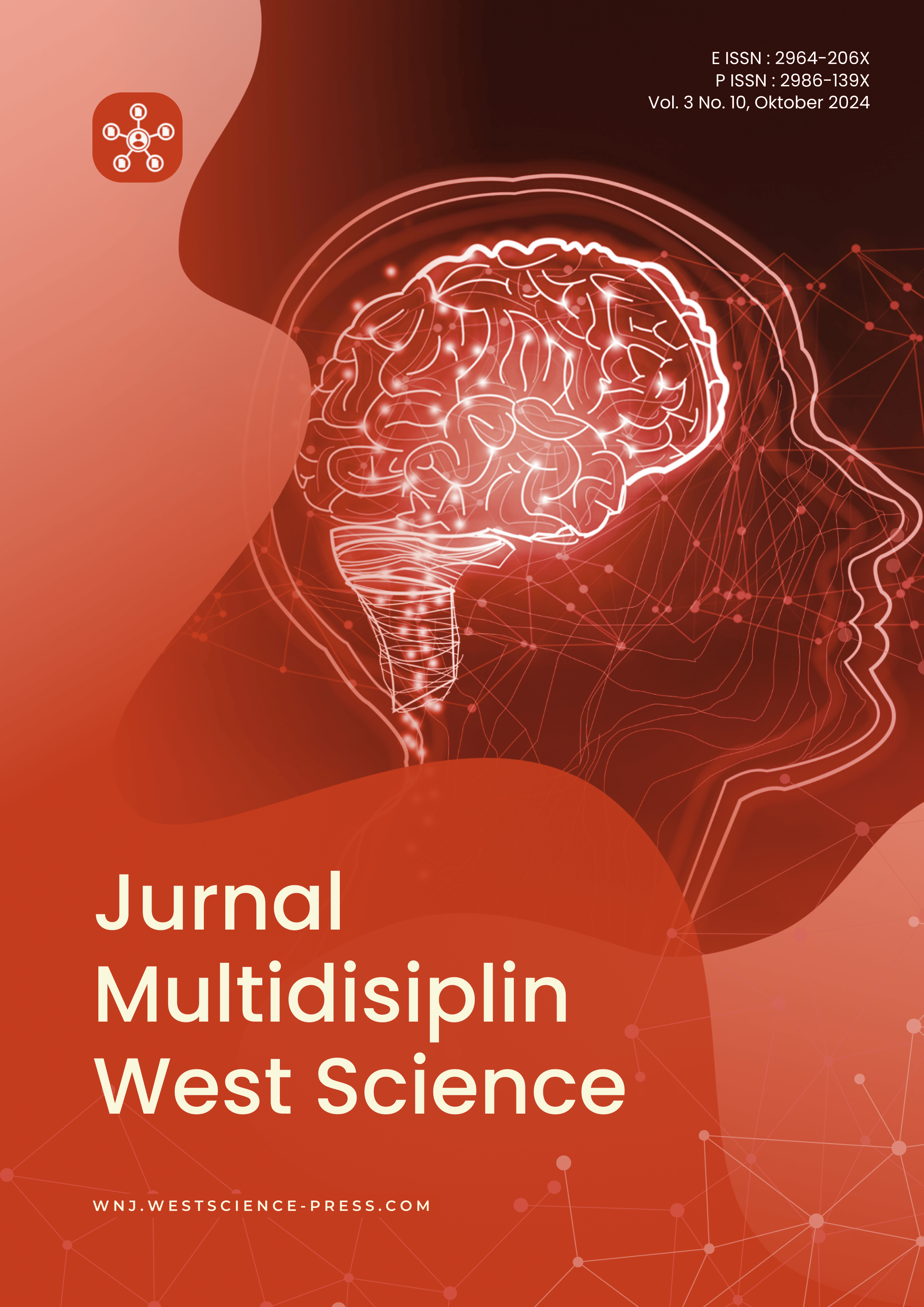





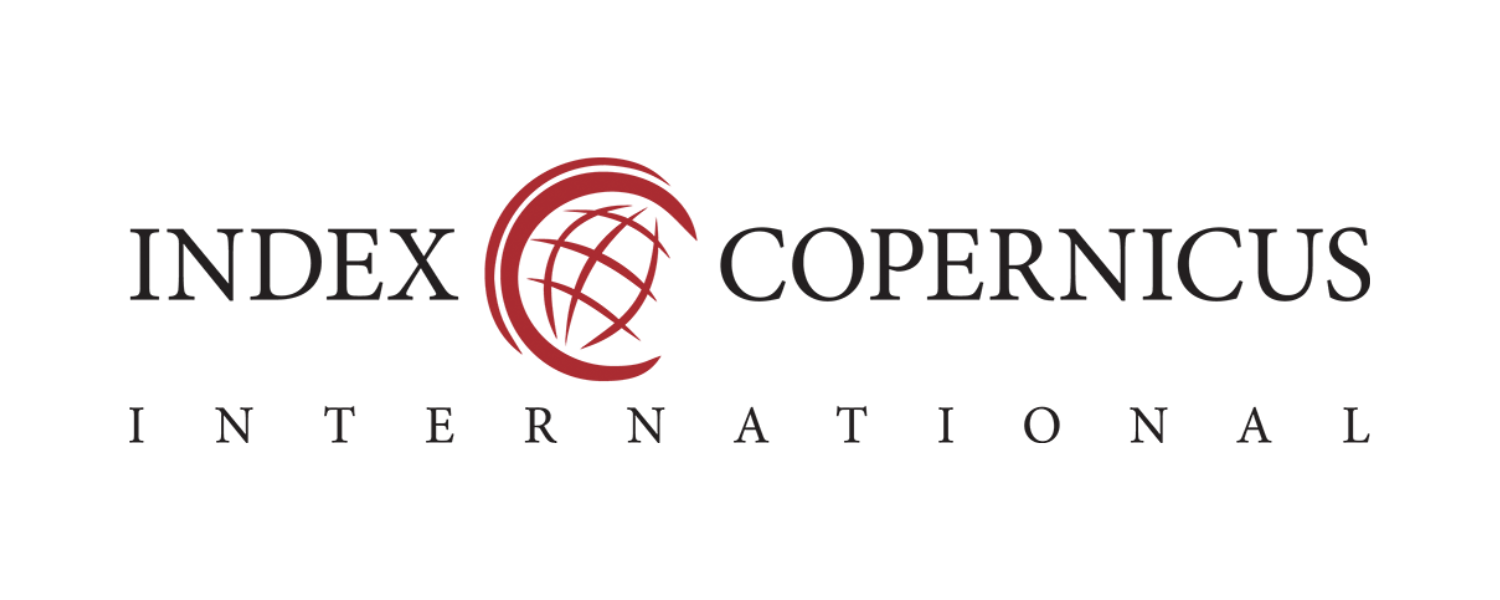
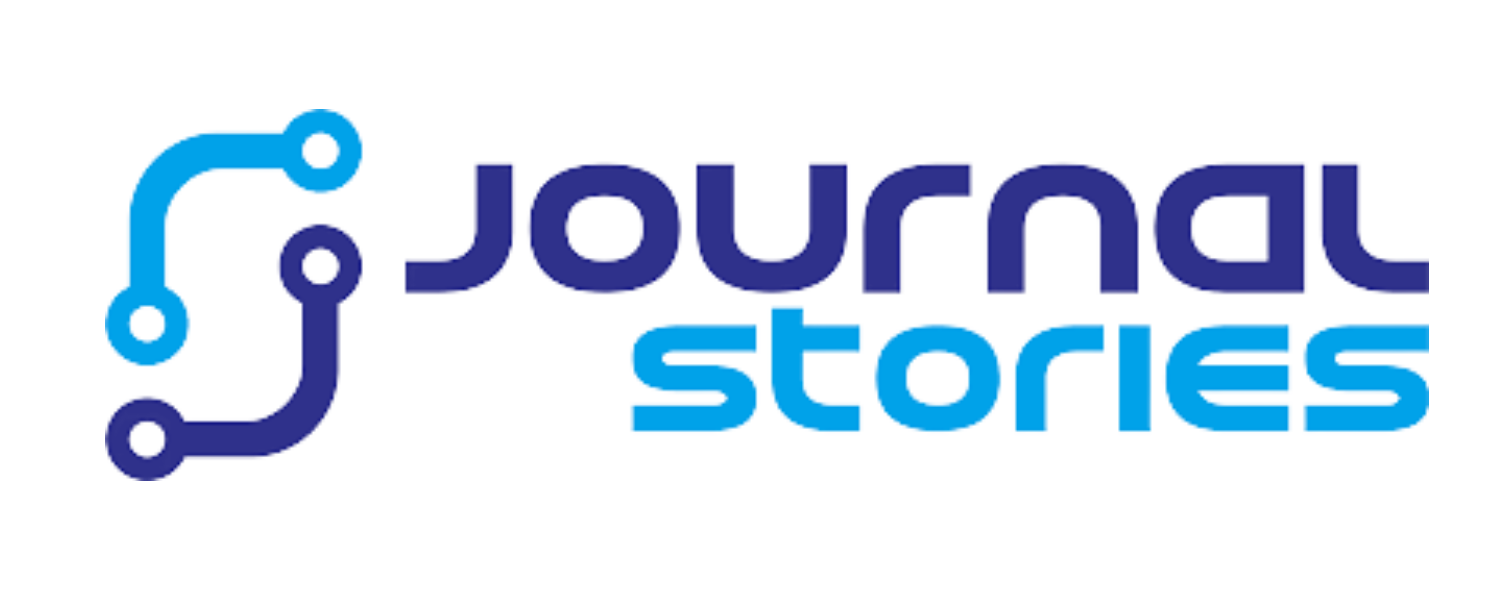


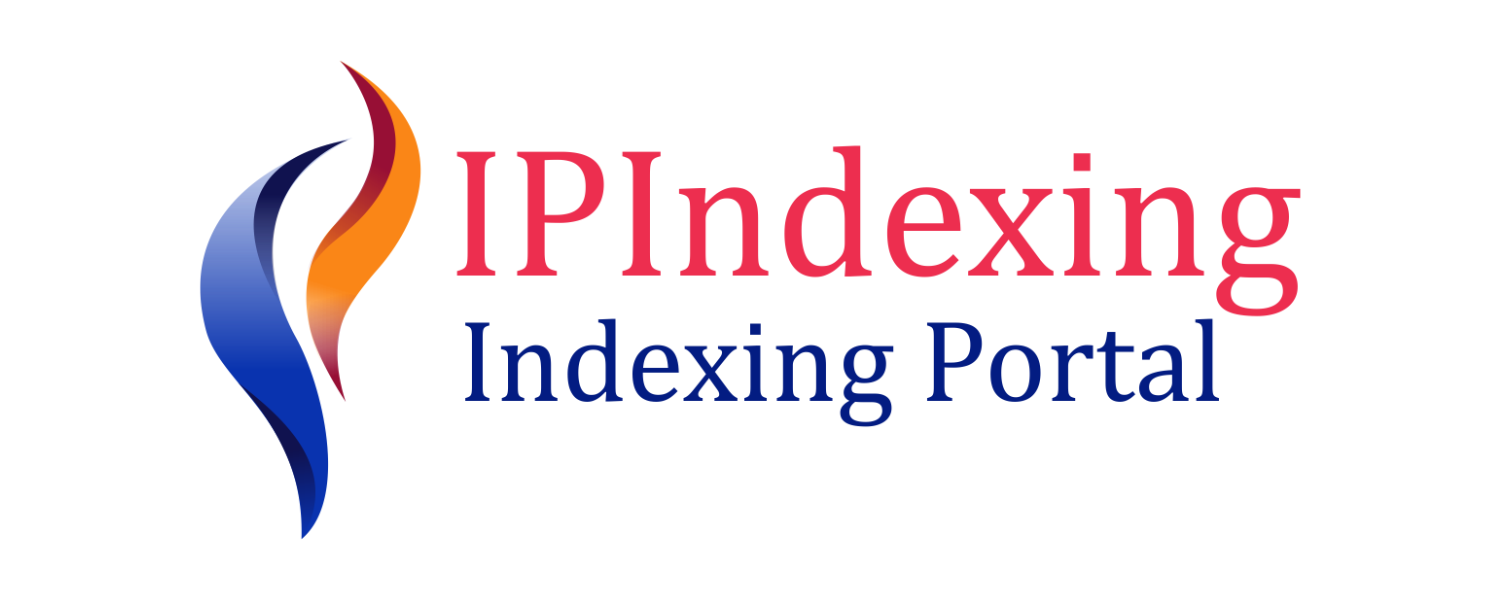



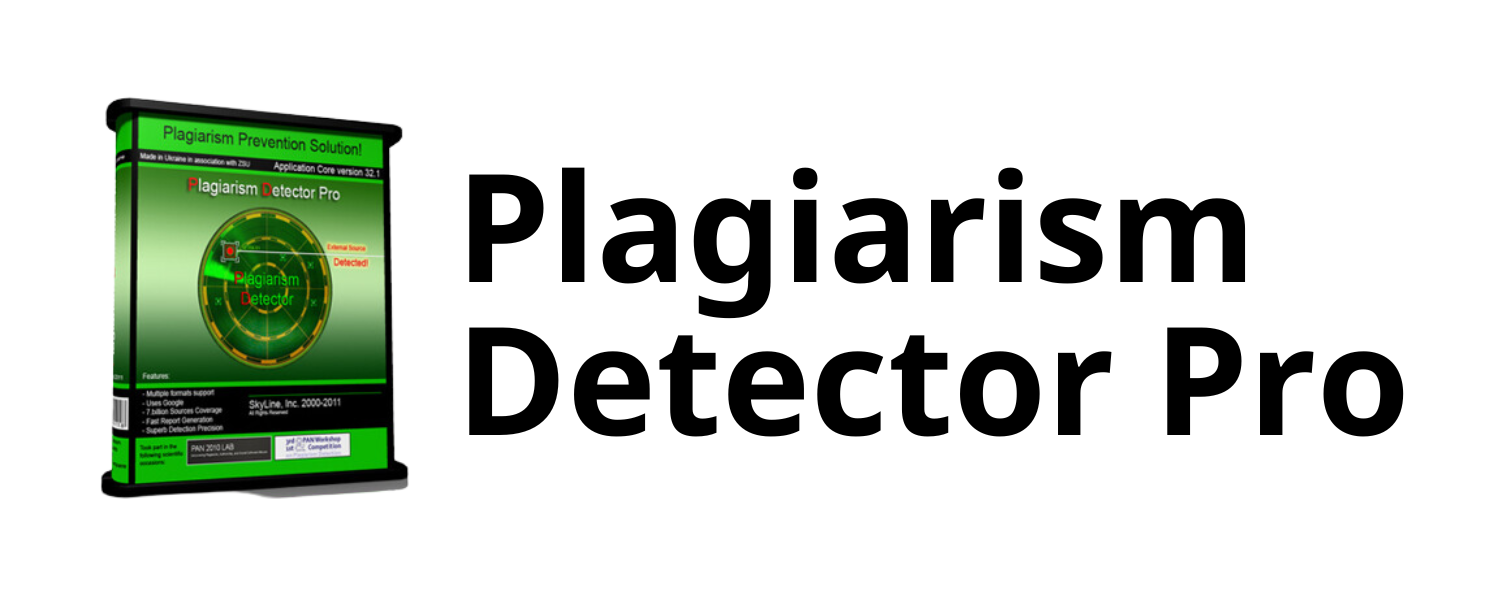



 Instagram
Instagram 